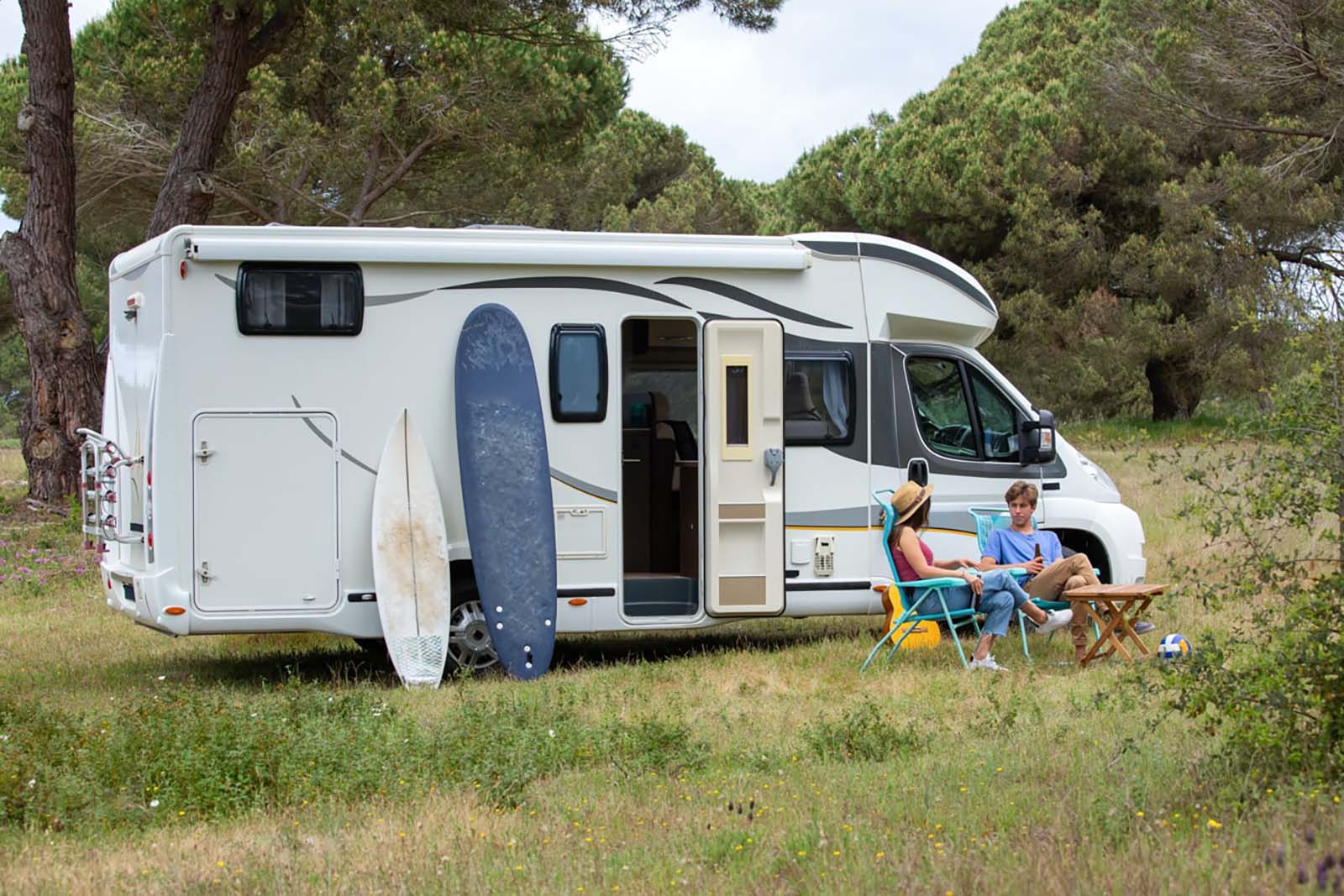Title: What Size Solar Panel is Required to Charge a 12V Battery?

Introduction: In today’s era of renewable energy sources, solar panels provide an eco-friendly solution for charging batteries. When it comes to 12V batteries, it is essential to consider the appropriate size of solar panel required to charge them efficiently. This article aims to provide insights into selecting the right solar panel size for effectively charging a 12V battery.
H2: Factors Affecting Solar Panel Size Selection 1. Battery Capacity: The capacity of the 12V battery plays a crucial role in determining the size of the solar panel required. Higher battery capacity demands a larger solar panel to generate sufficient power for charging.
2. Solar Irradiance: The location and weather conditions greatly impact solar panel performance. Areas with high solar irradiance receive more sunlight and therefore require smaller solar panels to charge a 12V battery effectively.

3. Charging Time: The desired charging time for the 12V battery also influences the solar panel size selection. If a rapid charging time is preferred, a larger solar panel will be required to generate higher wattage output.
4. Efficiency of Solar Panels: Different solar panel models have varying efficiencies. Higher efficiency panels require less surface area, allowing for smaller-sized panels while still providing the necessary output wattage to charge a 12V battery.
5. Daily Power Consumption: Understanding the daily power consumption of the devices connected to the 12V battery is essential. This information helps determine the solar panel size needed to meet the power demand and recharge the battery effectively.

H3: Calculating the Required Solar Panel Size
1. Determine Battery Capacity: Identify the capacity of the 12V battery in Ampere-hours (Ah). For example, if the battery has a capacity of 100Ah, it can provide 100A for one hour or 50A for two hours.
2. Assess Charging Efficiency: Determine the charging efficiency, typically expressed as a percentage. For instance, an 80% charging efficiency means that only 80% of the solar panel’s generated energy will charge the battery.
3. Calculate Daily Energy Requirements: Multiply the battery capacity (Ah) by the charging efficiency (converted to a decimal) to get the daily energy requirement. For a 100Ah battery with an 80% charging efficiency, the daily energy requirement would be 100Ah * 0.8 = 80Ah.
4. Determine Solar Panel Output: Consider the peak sun hours available at your location. Divide the daily energy requirement (Ah) by the peak sun hours to find the solar panel output required. For example, if your location has 5 peak sun hours and the daily energy requirement is 80Ah, the solar panel output should be 80Ah / 5 hours = 16A.
H3: Choosing the Solar Panel Size
1. Check Panel Specifications: Evaluate the specifications of the solar panels available in the market. Look for the peak output wattage on the datasheet.
2. Calculate Required Solar Panel Size: To calculate the required solar panel size, divide the solar panel output (A) by the rated voltage (V) of the panel. For a 16A output with a 12V battery, the required solar panel size would be 16A / 12V = 1.33A.
H3: Conclusion
Selecting the appropriate solar panel size for charging a 12V battery involves considering factors such as battery capacity, solar irradiance, charging time, panel efficiency, and daily power consumption. By following the calculation steps mentioned above, you can determine the ideal solar panel size to ensure efficient and effective charging of your 12V battery. Remember to always consult with professionals or refer to the solar panel manufacturer’s recommendations for optimal results.

